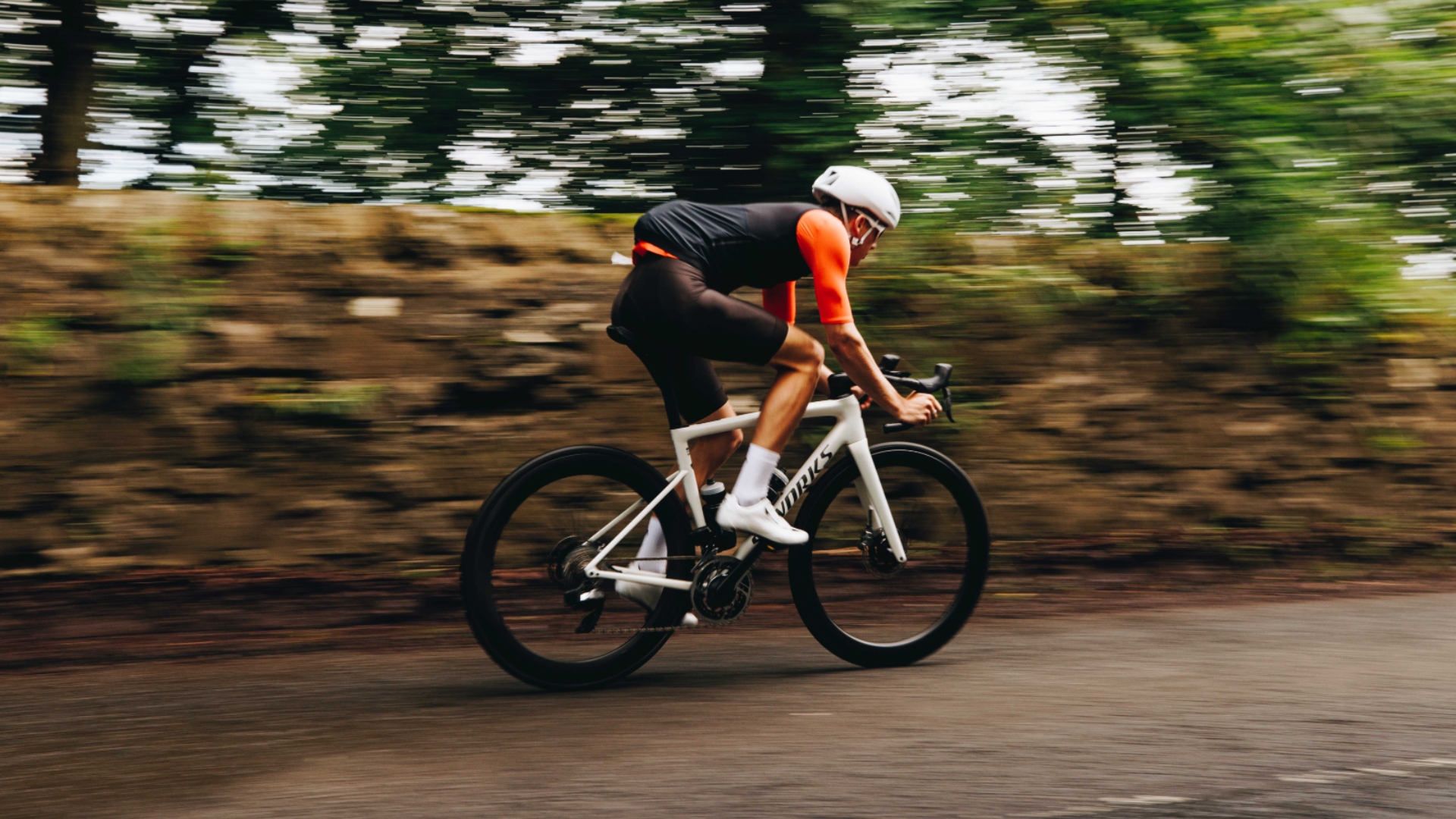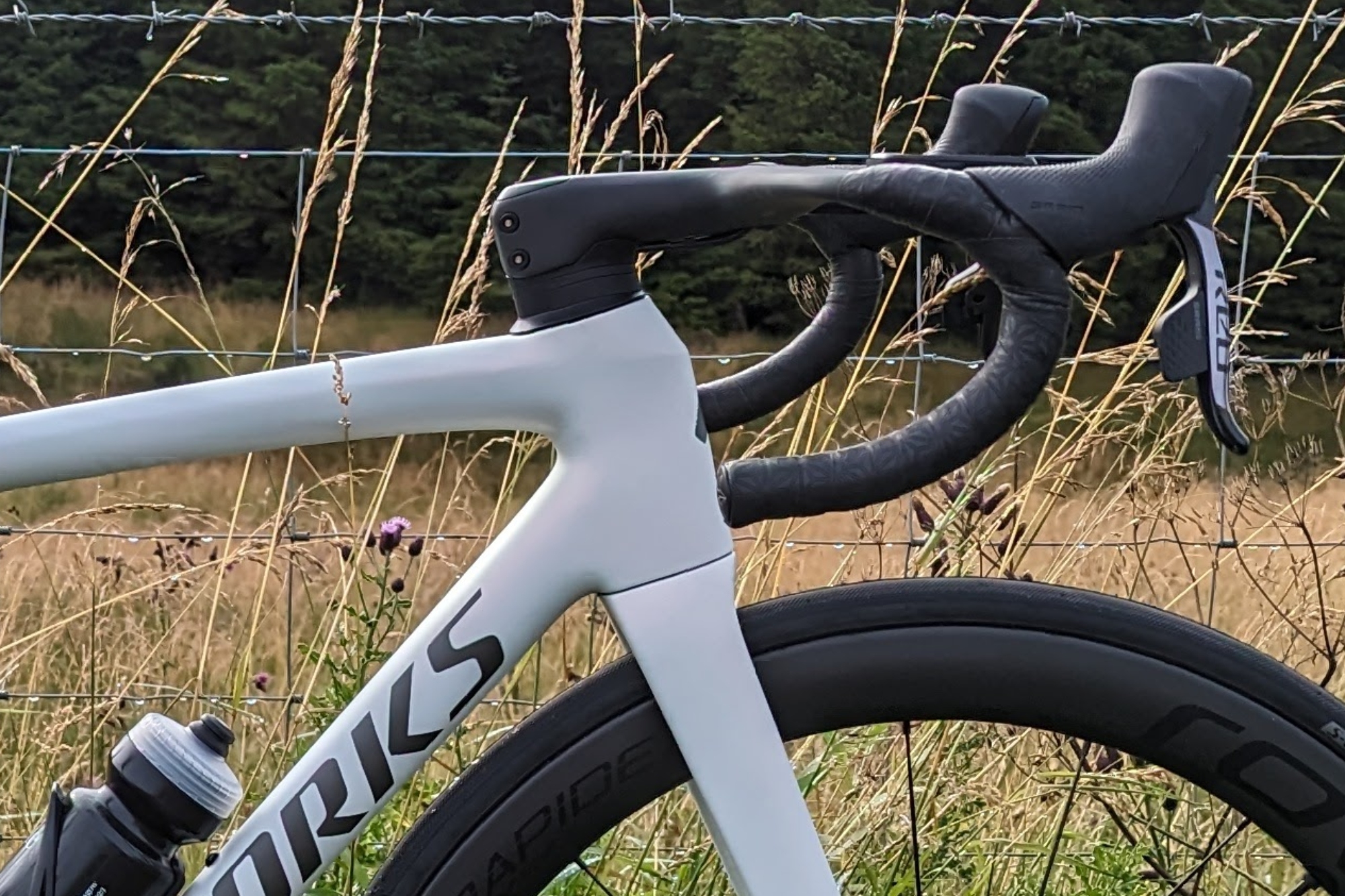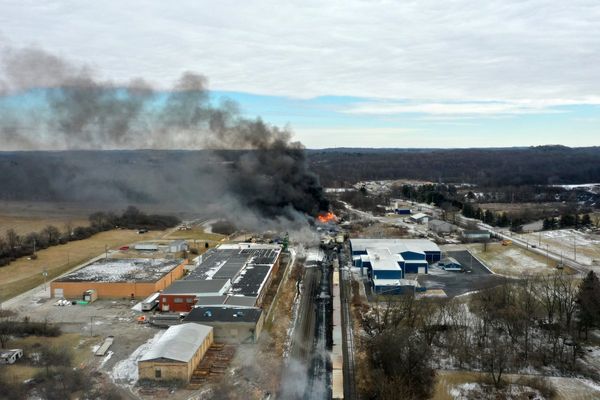
The Specialized Tarmac SL8 is finally here. After a number of leaks earlier in the year, that eventually turned into a tidal flood earlier this week, the American bike giant has finally shed some light on what it believes is the "fastest race bike ever".
I've been in Glasgow, riding the bike and speaking with the engineers heading up the Tarmac SL8 project. Of course, the marketing material hits all of the 'new bike' top trumps: lighter, stiffer, more aero. But that's no surprise. So after some miles on the bike, and picking the engineers' brains, here are five less expected talking points about the latest incarnation of one of cycling's favourite race bikes.
The 'Speed Sniffer' nose cone could have been named the 'snot rocket'
Earlier this week a whole host of 'sell sheets' arose across the Weight Weenies forum, which allegedly showed all the details of the new bike, and with that came a lot of talk about the "Speed Sniffer" nose cone - well, yes, it wasn't a joke!
Ben Edwards, Global Marketing Lead at Specialized, told us that they knew the new head tube would be the most polarizing design change and wanted to give it a bold name. Apparently, he said, the team "even considered the 'snot rocket'" but settled on 'Speed sniffer' in the end - a good move I think!

The new head tube is designed to be deeper back to front, improving the bike's aerodynamic efficiency. However, instead of a longer trailing edge like designs found on the new Scott Foil, Specialized pushed the leading edge further forward, which the design team said is more efficient for lightweight and stiffness optimization.
Narrow, winding descents are improved just as much as climbing prowess
In our launch story, we mentioned the huge 33% stiffness-to-weight ratio increase on the new SL8, and it is a claim worth unpacking. Along with a weight loss of 115 grams over the previous generation frameset, the bike averaged a 16% increase in raw stiffness numbers from the last iteration which you can really notice on the road.

The beautiful 50km loop through the lanes just south of Glasgow played host to my initial ride review on the new Tarmac SL8, and the stiffness, particularly on descents was certainly tangible - something my colleague Sam picked up during his first ride of the Specialized Tarmac SL8, too.
Above anything, the bike gave me complete confidence which I felt was pin-pointed to the head tube. Slightly increased stiffness here allowed me to truly trust the new bike from the first few kilometers, even on narrow winding descents.
The bars are half the gains
As far as all the claims go on the new Specialized Tarmac SL8 go, the aero headlines are perhaps the most underwhelming. Sixteen seconds faster at 45kph is by all means worth having, but it's where the gains come from that Specialized Tarmac SL7 owners in particular may find intriguing.
The Roval Rapide aero cockpit, which was released just before the Tour de France, headlined with a 4-watt saving over the previous generation two-piece setup, but Miles Hubbard, Product manager for the SL8 told us that "a little more than half" of the aero benefits come from the one-piece bar and stem.

So then, where does that leave both Tarmac SL7 owners, and SL8 customers looking at the lower spec models which don't ship with a one-piece setup?
While the stiffness and weight advancements are absolutely substantial, I can see some customers feeling that a bar upgrade might go a fair way to closing the gap between the two bikes for a fraction of the cost.
Low spec SL8 beats S-works SL7
It's the aforementioned weight though, where the SL7 cannot compete with the new Tarmac SL8.
The 115 gram weight saving, given claimed (and noticeable) increase in stiffness is no mean feat, especially when you consider that the Expert level frameset (heaviest iteration) weighs only 780 grams, which is still less than the 800 gram frame weight of the Specialized SL7.
So, you'd be better - or faster - off opting for a lower spec SL8 than hunting out an on-sale S-Works SL7.
No work went into refining geometry
Finally the geometry - it just works. The geometry on the Specialized Tarmac SL7 was praised for its responsiveness but also its poise, and Specialized has not touched it.
Ben Edwards told us "when we consulted the riders about the development of the SL8, one of the first things many of them said was don't change the geometry", so they haven't.

This brings me to my final takeaway from the Specialized Tarmac SL8 launch - this bike is really a refined SL7. An already successful platform has received a reworking that is no doubt an impressive technological advancement but a more nuanced change to the rider.







